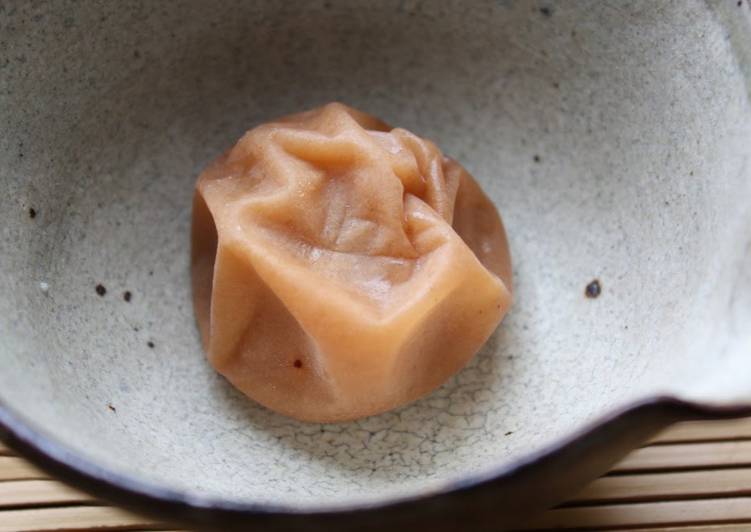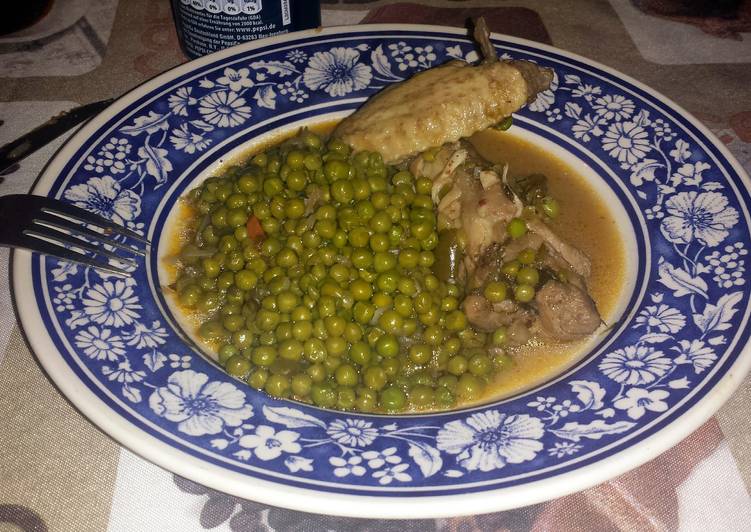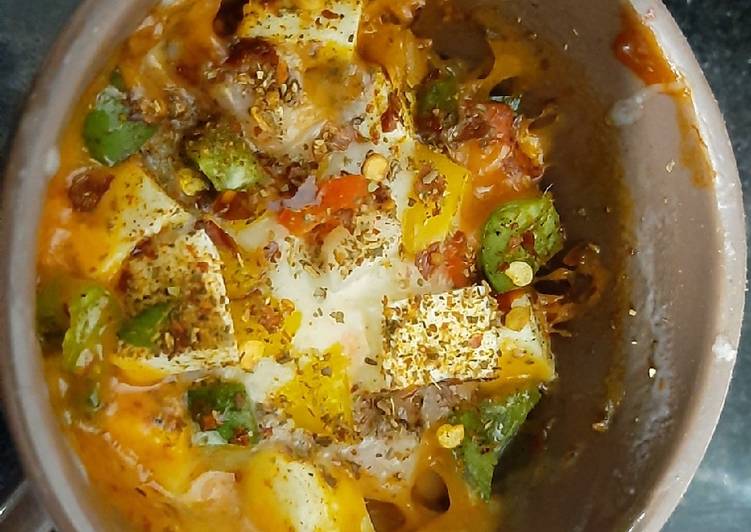
Hey everyone, hope you’re having an amazing day today. Today, I will show you a way to prepare a distinctive dish, sodium-reduced umeboshi. It is one of my favorites. For mine, I am going to make it a little bit unique. This is gonna smell and look delicious.
Sodium-Reduced Umeboshi is one of the most favored of current trending foods in the world. It’s enjoyed by millions daily. It is easy, it is fast, it tastes delicious. They are fine and they look wonderful. Sodium-Reduced Umeboshi is something that I’ve loved my entire life.
Homemade umeboshi is so much more delicious than store bought, so they are worth the effort. In Japan, umeboshi are always made in mid to late June, because that's when the ume plums are ready. Umeboshi are a good source of polyphenols, which are thought to reduce the risk of diabetes, help One potential drawback is the high sodium content, though this makes umeboshi an effective way of.
To begin with this particular recipe, we must prepare a few ingredients. You can cook sodium-reduced umeboshi using 3 ingredients and 11 steps. Here is how you cook that.
The ingredients needed to make Sodium-Reduced Umeboshi:
- Make ready 4 kg Ripe ume plums (unblemished ones)
- Make ready 320 grams Coarse salt
- Prepare 200 ml White liquor
You might be getting more sodium than you need, even if you never pick up the salt shaker. With a few simple substitutions and strategic changes in the kitchen, you can drastically reduce the amount of sodium in your diet. Choose Wisely—Sodium Content Can Vary Within Food Tips for Reducing Sodium. Things you or the person who purchases and prepares your food can do.
Steps to make Sodium-Reduced Umeboshi:
- Select only the unblemished fruit from the ripe ume plums you have, and wash them in water. There's no need to soak the plums to remove their bitterness. Unripe ume plums should not be used, since they won't become soft.
- Wipe each washed plum one by one carefully using paper towels. Pry out the stem ends with a bamboo skewer.
- Measure the ume plums, and then measure out 8% of their weight in coarse salt.
- Put the ume plums from Step 2 into brand new poly bags, and sprinkle them with the coarse salt. Sprinkle in the white liquor too. Close up the bags with elastic bands while expressing the air out of them.
- Put the filled bags from Step 4 in a large tub (a packing box is fine). Put plates or pot lids on them, and add light weights (1 to 2 kg). Unopening salt or sugar boxes are convenient weights.
- Put the container in a place where you can take a look at it frequently until a lot of liquid (ume-su) comes out of the ume plums. Once the liquid comes out, lighten the weights so that the plums don't get crushed.
- When the plums are completely immersed in the liquid, you don't need to weight them down anymore. Leave the bags as is in the container until the rainy season has ended (after June).
- When the rainy season has ended, dry the umeboshi in a sunny place for 3 days. You can put the plums back in the liquid if you like, but since they are soft and juicy anyway, I just took them inside.
- Don't let the umeboshi become wet! Watch out for sudden rains or evening thunderstorms.
- Done!
- I used these large ziplock bags, to make 1.5 kg batches of umeboshi. They will exude a lot of liquid (ume-su) in 2 to 3 days. Line them up with the zip side up in a packing box. Take the weights off once the plums are immersed in liquid.
Umeboshi with a sweet taste that everyone loves. Good for pasta and toast (with cheese), too. A wide variety of sodium reduced options are available to you, such as. Umeboshi are pickled Japanese plums that are picked before they're ripe, then soaked in brine and red Shiso leaves, the latter of which adds flavor and a pink coloring. This Japanese condiment is very salty and tart and is a popular adjunct to most Japanese meals, including breakfast..by reduced-sodium umeboshi ( chomi-umeboshi ) , which may even go bad when it 's first Following the low-sodium consciousness , ' chomi-ume , ' which are given a flavor after the excess.
So that’s going to wrap it up for this special food sodium-reduced umeboshi recipe. Thanks so much for reading. I am confident you will make this at home. There is gonna be interesting food at home recipes coming up. Don’t forget to save this page on your browser, and share it to your family, friends and colleague. Thank you for reading. Go on get cooking!

